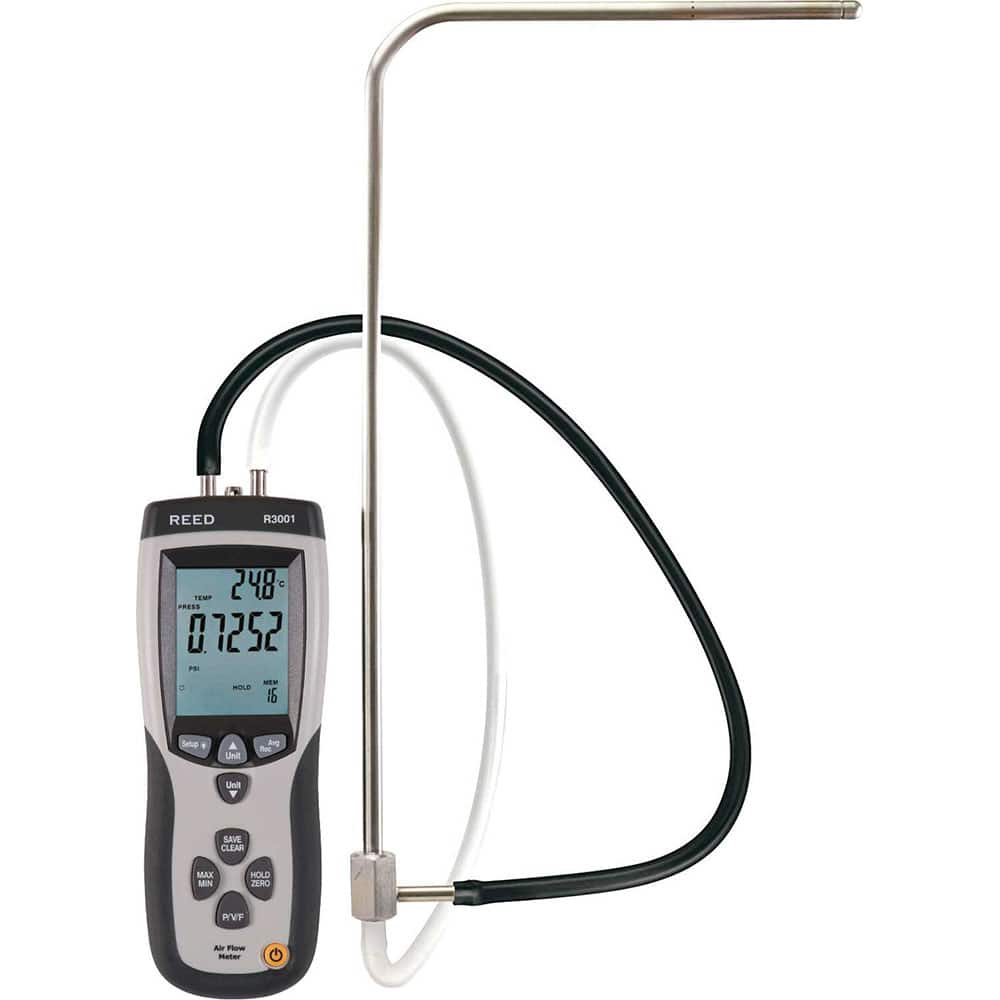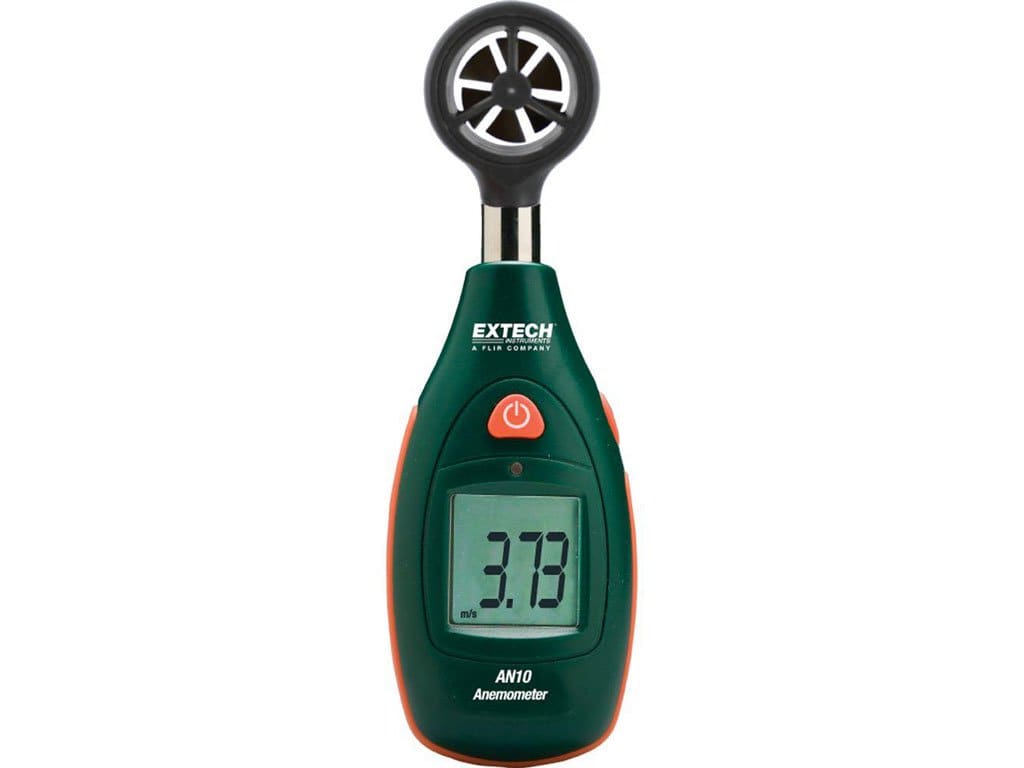
Once the heat value is reduced, the resistance of the wire can also be reduced. Once the wire is arranged in the flow of liquid, and then heat can be transferred from the wire to liquid because there is a relation between the heat as well as the resistance of a wire.


Also, the wheat stone bridge can be maintained at a fixed voltage level. So, a constant magnitude level of current can be supplied from the wire. In the constant current method, the arrangement of a hot wire anemometer can be done within the flow of fluid wherever the flow of liquid speed can be measured. When it is forced up then the flow of heat takes from the thin wire to run across the wire. The essential part of this anemometer is its thin wire. The hot wire anemometer usage mainly permits quick flow velocity that has to be calculated from the dimensions of electric voltage. In many situations, they will not be used for the measurement of a wind direction, simply when they are included with a wind vane. So a relation can be formed between the resistance of the wire as well as the speed of the liquid flow. This wire gets cool once the air flows throughout it because the resistance of metal mainly depends on the temperature. These devices use a thin wire and it is heated up electrically to some stage of temperature approximately higher than the range of ambient temperature.

So, this measurement can be done by measuring the loss of heat within the wire that is situated in the fluid stream. A hot wire anemometer is one kind of instrument, used to measure the direction as well as the velocity of the fluid.


 0 kommentar(er)
0 kommentar(er)
